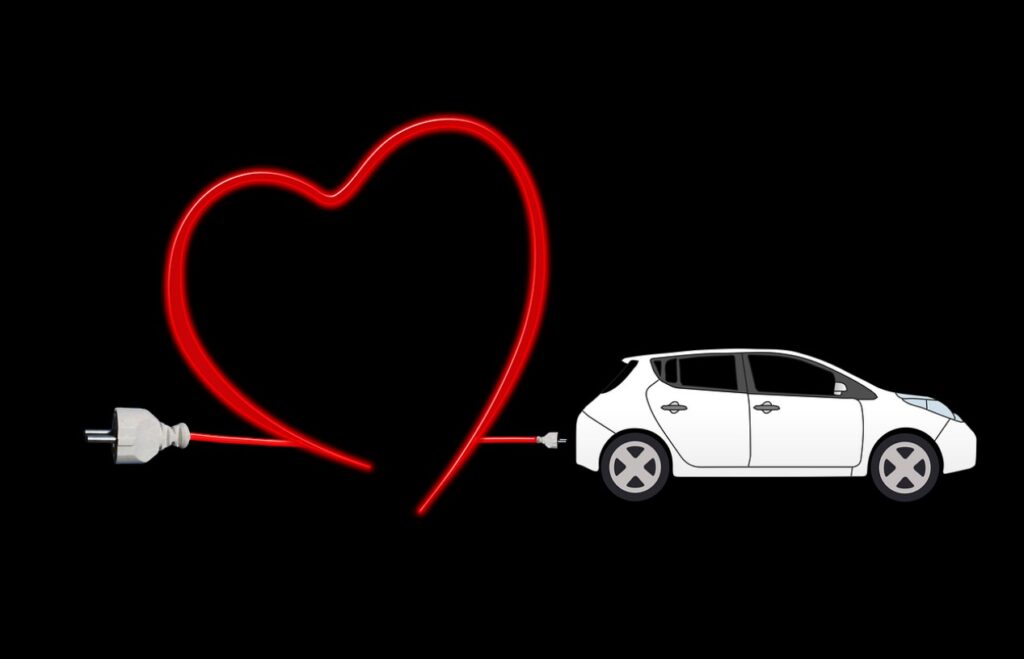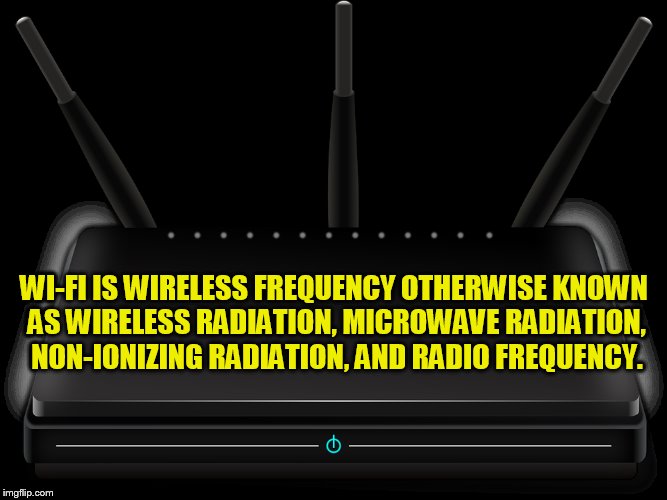 By B.N. Frank
By B.N. Frank
Recently it was reported that not only electric vehicle (EV) sales are way down in the U.S., the vehicles themselves continue to be woefully unreliable. Of course, it’s not breaking news that electric vehicles (EVs) have been catching fire – sometimes while they are being charged – and these fires are difficult to extinguish (see 1, 2, 3, 4, 5, 6, 7, 8, 9, 10, 11, 12, 13, 14, 15). In fact, EVs that have suffered extensive flood damage have been spontaneously combusting as well (see 1, 2). Nevertheless, this hasn’t stopped efforts to install technology that allows EVs to be wirelessly charged while they are being driven on U.S. roads – even though charging EVs threatens power grids (see 1, 2, 3, 4, 5) and medical implants. Of course wirelessly charging vehicles while they are being driven will also expose drivers and passengers with or without medical implants to more biologically harmful electromagnetic radiation (see 1, 2, 3, 4, 5, 6, 7, 8) so there’s that too but whatever!
From Detroit Free Press:
Detroit touts first wireless-charging public road for electric vehicles in US
The Motor City can add a new claim to fame, as home to the country’s first wireless-charging public roadway for electric vehicles.
On Wednesday, members of the news media got a chance to see it in action.
A blue electric Ford E-Transit commercial van was able to charge as it moved over a quarter-mile stretch of newly paved 14th Street, a short distance from the towering Michigan Central Station, thanks to rubber-coated copper coils buried underneath the road surface.
A large video screen set up for the occasion outside Newlab, the rehabilitated Book Depository, showed the kilowatts generated and the speed as the van made its passes on the street. Those numbers would fluctuate as the van moved along, 16 kw and 9 mph at one point, with the van at a 63% charge.
Activist Post is Google-Free — We Need Your Support
Contribute Just $1 Per Month at Patreon or SubscribeStar
“It may seem small now, but it’s a huge step” in getting this to scale, Joshua Sirefman, CEO of Michigan Central, the Ford subsidiary running a “mobility innovation district” in Corktown, said before the demonstration began. “The implications are truly staggering.”
Not just any electric vehicle can pick up a charge just yet on 14th Street. The van was equipped with a special receiver to take the charge. The coils themselves are underneath the road surface, but a small section of the road was left unpaved to show how the coated coils would lie flat underneath. Two large boxes were positioned on the sidewalk to manage the coils.
The endeavor represents one piece of a public-private partnership aiming to show how this type of EV charging infrastructure could work in practice, and it follows up on an announcement by Gov. Gretchen Whitmer in September 2021 that the state planned to launch the first wireless-charging public road project in the country.
More: Gore, son of former vice president, says EV sales expected to top 1M this year
The Michigan Department of Transportation is working with Israel’s Electreon, one of the member companies at Newlab, and numerous partners to build what will eventually be a mile of inductive-charging roadway, including a larger piece on Michigan Avenue (construction there is slated for 2025). Electreon already has projects in the works in numerous other countries including Sweden, Germany, France, Italy, Norway, China and Israel.
Stefan Tongur, Electreon vice president of business development, said that the project is in use for buses in Israel that pay a fee to use the service.
The system is safe, he said, because each coil is individually connected and it only charges when a vehicle with a sensor is over the coil. He noted that the road surface is regular asphalt.
The inductive-charging roadway isn’t seen as any kind of complete solution to expanding the EV charging infrastructure. Rather, it would function as a range extender, to be paired with charging vehicles when they are stationary. These kinds of options would allow automakers to reduce the size of batteries, so that, while cost might be added to the infrastructure to include such coils, it would allow a reduction in cost on the vehicle end, Tongur said.
MDOT Director Brad Wieferich called the project revolutionary for EVs. The state and its partners would use this project as a “springboard” to both learn and “to see how we can scale this up,” he said.
Contact Eric D. Lawrence: elawrence@freepress.com. Become a subscriber.
Activist Post reports regularly about EVs and unsafe technologies. For more information, visit our archives.
Top image: Pixabay
Become a Patron!
Or support us at SubscribeStar
Donate cryptocurrency HERE
Subscribe to Activist Post for truth, peace, and freedom news. Follow us on SoMee, Telegram, HIVE, Minds, MeWe, Twitter – X, Gab, and What Really Happened.
Provide, Protect and Profit from what’s coming! Get a free issue of Counter Markets today.


Be the first to comment on "City Unveils Section of Road that Allows EV Drivers to Wirelessly Charge Their Vehicles as They Drive Over It"